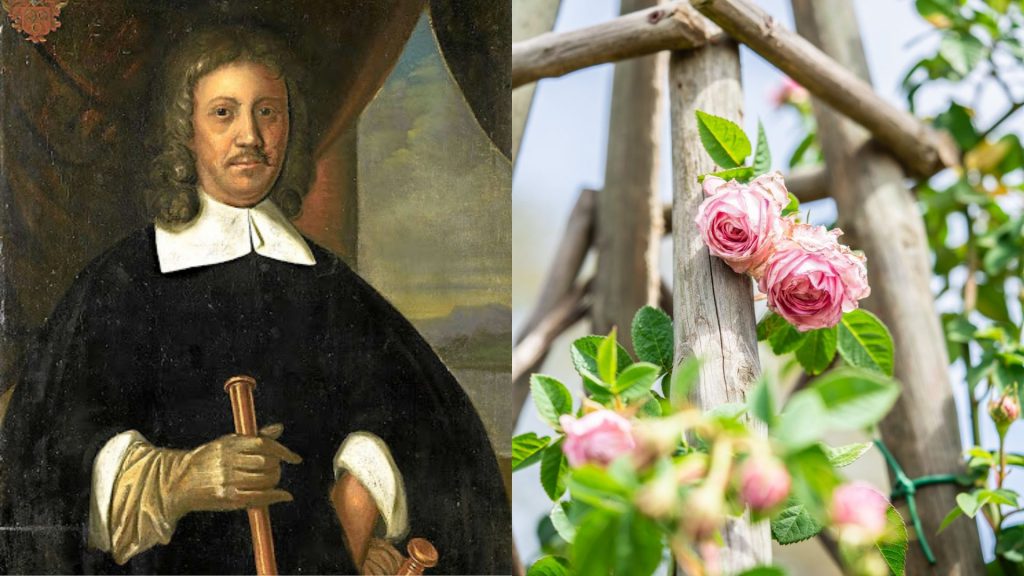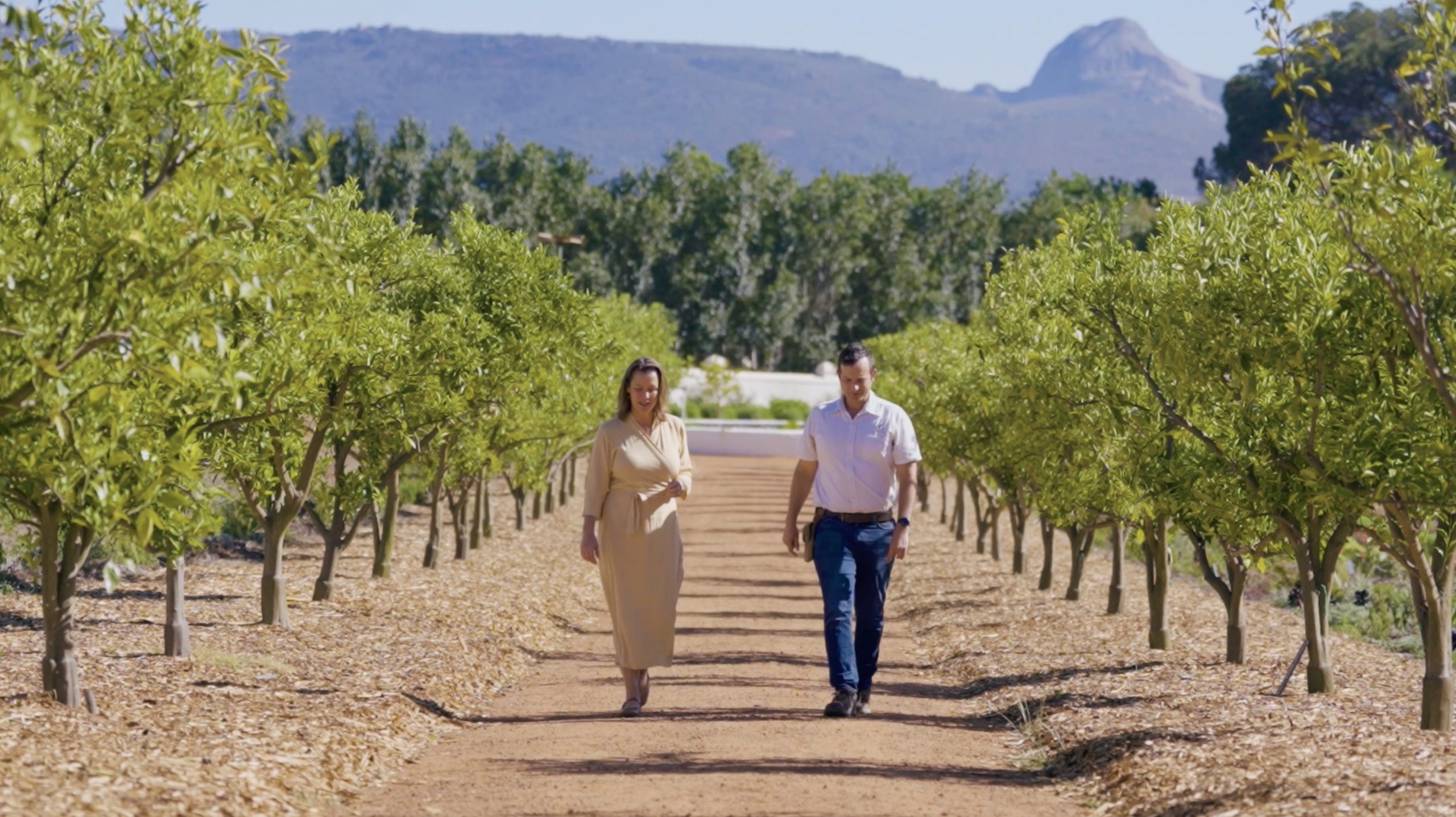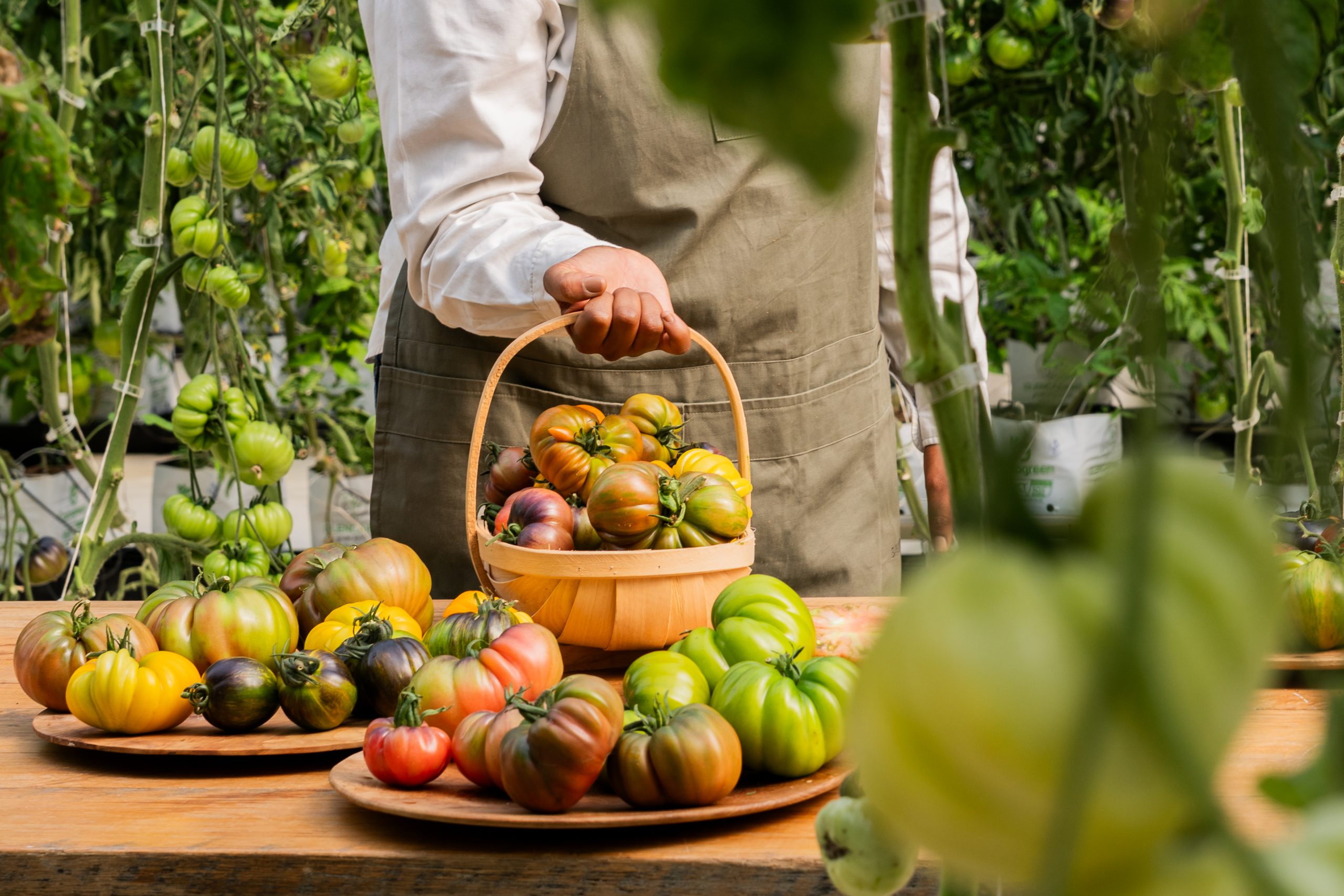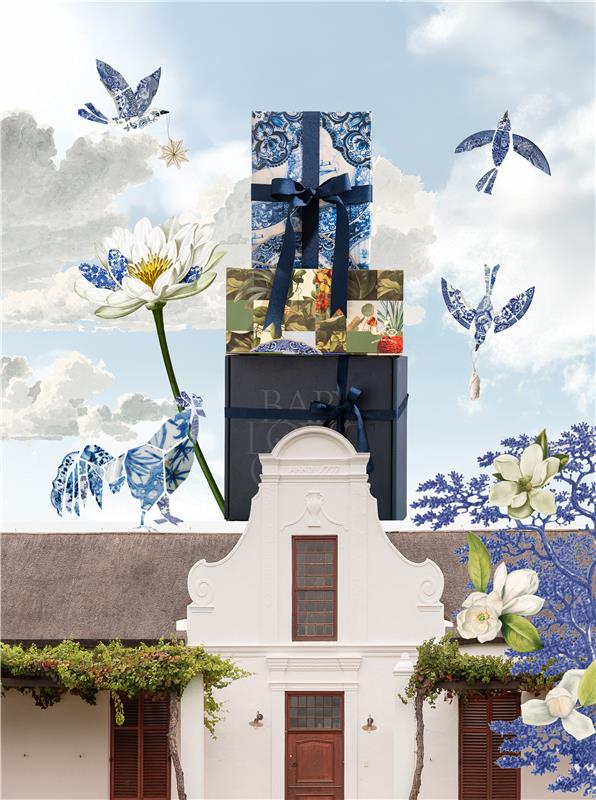Rambling on after 360 years: Van Riebeeck’s Rose
December 10th, 2021“Of all flowers, methinks rose is best.”
Shakespeare
Is there a flower better woven into the fabric of history and culture than the rose? There is hardly another bloom with more symbolism and historical significance, whether in fairy tales like Beauty and the Beast, in Josephine Bonaparte’s whimsical garden or in the case of Aphrodite of the Greeks. And as sure as their perfumy fragrance permeates a spring garden, they have been a sweet-smelling addition to our South African heritage for more than three centuries.

Roses were amongst South Africa’s earliest settlers, crossing the seas alongside the Dutch explorers to put their roots down in our fertile Cape soils. Life under the southern sun was good and prosperous. On 1 November 1659, Jan van Riebeeck recorded in his diary that the first rose had been picked at the Cape. “The south-south-east winds continue to blow strongly,” he wrote. “And on this day has been picked the first Dutch rose at the Cape from rose trees brought here in the past year.”
That first rose described by Van Riebeeck is a complex hybrid of Rosa centifolia and Rosa gallica, developed by Dutch breeders between the 17th and 19th centuries. It’s a vigorous climber with fragrant buds in clusters of medium-sized, cheery pink blooms made of delicate petals with ruffled edges. The art of cultivating and hybridising roses was high fashion during this period, and this specific rose – why it was selected, shipped, planted and tended to on South African soil, and how it continues to thrive here – gives us a living and growing glimpse into our past.
At Babylonstoren, we simply call it Jan van Riebeeck’s rose. And this year – on the first of November of all days – our sole cutting rambling up an arch in the edible flower garden produced its very first blush-pink blooms! This special nod to its first poignant flowering at the Cape of Good Hope reminds us that our Van Riebeeck rose is a fragrant beacon of good hope in the garden.

“Come winter, I’ll be making many more cuttings from this endearing rambler,” says master gardener Ernst van Jaarsveld. “It’s such a vigorous grower and is easily cultivated from cuttings. Our single specimen was donated by the rose historian Professor Peter Knox-Shaw and his wife Barbara. We planted it at Babylonstoren in 2018.”
According to Peter, it is significant that the first bloom of this rose at Babylonstoren coincides with Jan van Riebeek’s diary notation on 1 November 1659. “It gives us further confirmation that this is, indeed, the rose of the Dutch settlers.” He says the rose was planted abundantly during the colonial reign and is still prevalent in the Cape. “We’ve identified it in old graveyards and neglected sites where it has been able to survive. It’s certainly the most distributed rose, which reinforces the notion that it was of the first to arrive with the Dutch settlers,” Peter believes.

Another fascinating aspect of our special Jan van Riebeek rose is that it grows nearly exclusively in South Africa these days. “Except for one site in Europe, at the ruins of the Roman Forum, we haven’t encountered this unique rose anywhere else in the world – and we’ve been in many gardens! We can’t assume that it’s the exact same rose,” Peter says. “The composition of the ancient roses is far too complex for certainty.” However, because of its prevalence and abundance in the Cape, it is very likely that this is indeed the rose that Van Riebeeck first planted in South Africa.
A rose to call our own, perhaps? Adapted to the windy Cape coast with its sweltering summers and maddeningly wet winters. A rose adjusted by and reinforced against its extreme southern position and growing still, undeterred, wherever it’s given half a chance. We’d like to think so.


